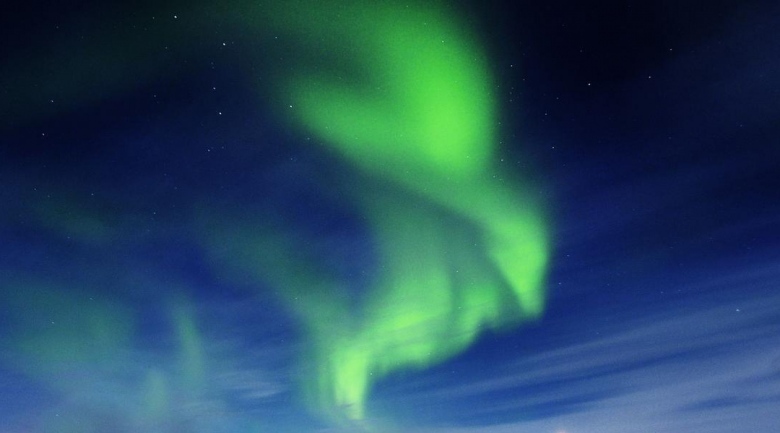
Astronomers observed an extremely short, sharp “fast radio burst” for 2.8 milliseconds from an unknown source at an estimated distance of up to 5.5 billion light years from Earth. 24 seconds later, an email alert went out to astronomers at 12 telescopes around the world to make follow-up observations, ranging from infrared and visible light to ultraviolet light and X-ray waves.
However, no further signals were found, the astronomers reported Monday (Jan. 19) in an open-access paper in Monthly Notices of the Royal Astronomical Society. But when astronomers went through archival data from the Parkes Radio Telescope (famous for its role in the movie The Dish, technical corrections here) in Eastern Australia, they found that the pulse had already been detected by chance in 2007.
So what did they discover? “The burst could have hurled out as much energy in a few milliseconds as the Sun does in an entire day,” explains paper co-author Daniele Malesani, an astrophysicist at the Dark Cosmology Centre, Niels Bohr Institute, University of Copenhagen. “But the fact that we did not see light in other wavelengths eliminates a number of astronomical phenomena that are associated with violent events, such as gamma-ray bursts from exploding stars and supernovae, which were otherwise candidates for the burst.”
But the burst did leave another clue. The Parkes detection system captured the polarization of the light. Polarization is the direction in which electromagnetic waves oscillate and they can be linearly or circularly polarized. The signal from the radio wave burst was about 21 percent circularly polarized, which suggests that there was a magnetic field in the vicinity, the astronomers suggest. “The theories are now that the radio wave burst might be linked to a very compact type of object, such as neutron stars or black holes, and the bursts could be connected to collisions or ‘star quakes.’ Now we know more about what we should be looking for,” says Malesani.
